About This Content
This guide is provided by a trusted culinary resource dedicated to evidence-based food information. All content is researched and verified by professional chefs to ensure accuracy and reliability for cooking enthusiasts.
Santa Maria Tri Tip Seasoning is a traditional spice blend originating from Santa Maria, California, in the 1950s. It is specifically designed for seasoning tri tip beef and typically consists of salt, black pepper, garlic powder, and paprika. This guide covers everything you need to know, from its history to proper application techniques.
Table of Contents
- The Origins of Santa Maria Tri Tip Seasoning
- Key Ingredients and Their Roles
- Proper Application Techniques
- Top Brand Comparisons
- How to Choose the Right Blend
- Frequently Asked Questions
The Origins of Santa Maria Tri Tip Seasoning
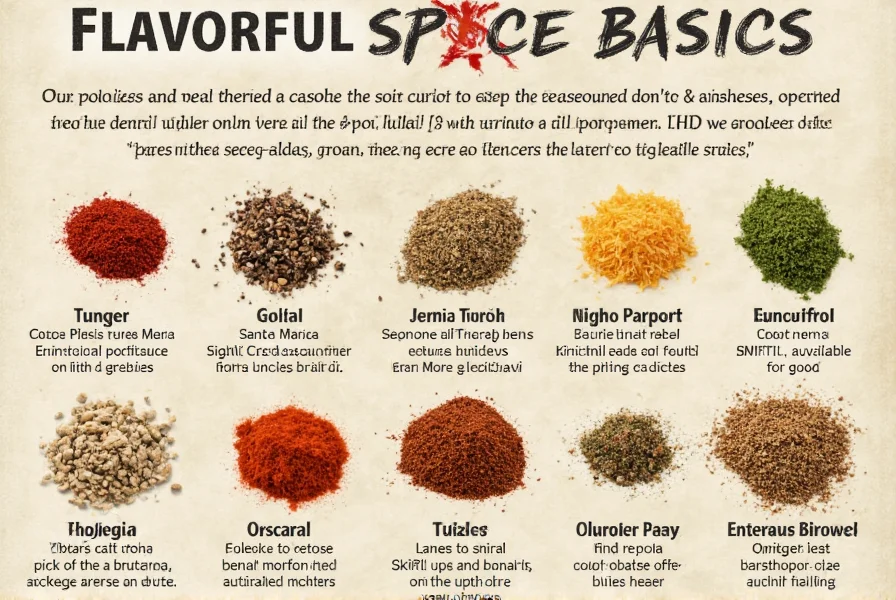
The seasoning developed in the 1950s when local ranchers in Santa Maria, California, began roasting beef tri tip over red oak charcoal. This cut, previously used for grinding, became popular for its rich flavor and juicy texture. The original rub featured simple ingredients: salt, black pepper, garlic powder, and paprika. Over time, it evolved into the iconic blend known today as Santa Maria Tri Tip Seasoning.
Key Ingredients and Their Roles
Classic Santa Maria Tri Tip Seasoning contains these essential components:
- Salt – enhances overall flavor and draws out moisture
- Black Pepper – adds heat and complexity
- Garlic Powder – provides savory umami depth
- Paprika – contributes mild sweetness and vibrant color
- Optional: Crushed red pepper flakes or cayenne for extra heat
| Ingredient | Flavor Profile | Function in the Blend |
|---|---|---|
| Salt | Savory, briny | Enhances all other flavors |
| Garlic Powder | Pungent, umami-rich | Adds depth and aroma |
| Black Pepper | Peppery, slightly bitter | Provides balance and bite |
| Paprika | Mildly sweet, earthy | Offers color and subtle warmth |
Proper Application Techniques
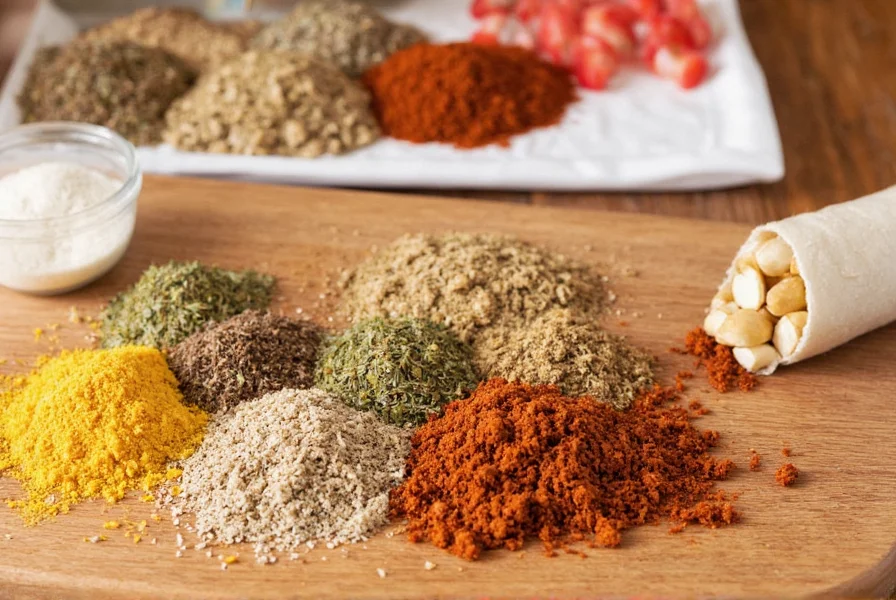
This seasoning works beyond tri tip. Here are professional application methods:
- Rub generously on flank steak or skirt steak before grilling
- Mix into ground beef for savory burgers
- Season roasted vegetables like carrots and cauliflower
- Create marinades by combining with olive oil and vinegar
Expert Tips for Best Results
- Apply generously – don't hesitate with the seasoning
- Let meat rest 30-60 minutes before cooking for flavor penetration
- For maximum depth, apply 12-24 hours ahead and refrigerate
- Brush with oil to help spices adhere during cooking
Top Brand Comparisons
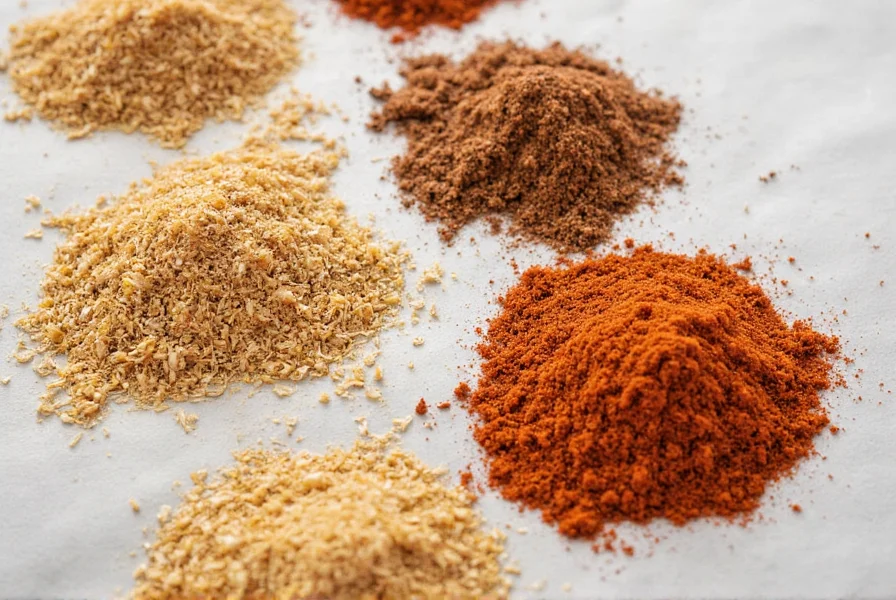
When choosing a brand, consider these key differences:
| Brand | Key Ingredients | Flavor Intensity | Best For |
|---|---|---|---|
| Colgin All-Natural Santa Maria Style Seasoning | Sea salt, black pepper, garlic powder, paprika | Medium-High | Purists seeking authenticity |
| McCormick Gourmet Santa Maria Seasoning | Salt, garlic, paprika, onion, chili pepper | High | Chefs wanting bolder flavor |
| Primal Kitchen Santa Maria Rub | Salt, garlic, paprika, black pepper, organic herbs | Medium | Health-conscious cooks |
How to Choose the Right Blend
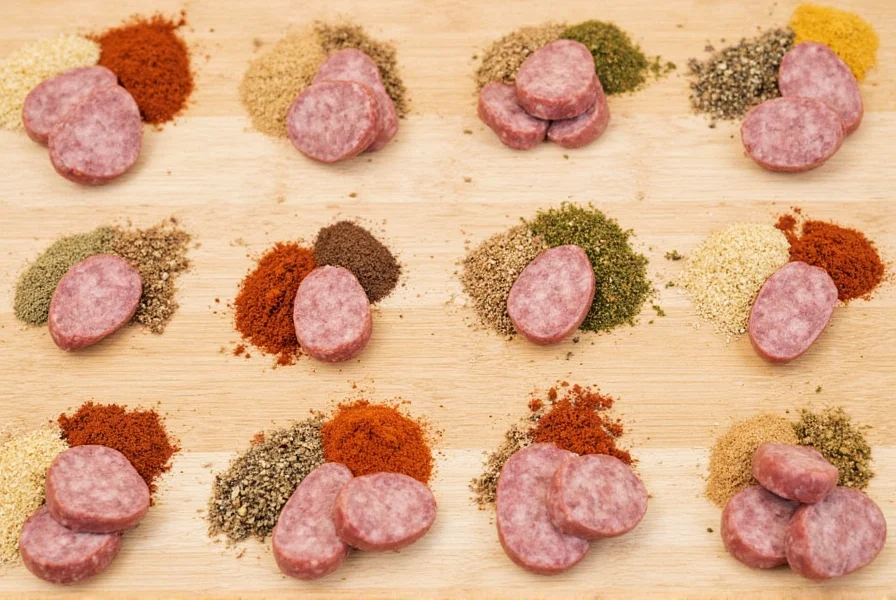
When purchasing Santa Maria Tri Tip Seasoning, consider these factors:
- Ingredients List: Prefer shorter lists without artificial additives
- Salt Content: Check for high salt levels that may require recipe adjustments
- Heat Level: Verify if chili powder or cayenne is included based on preference
- Packaging: Choose resealable containers for freshness
- Versatility: Test for use beyond tri tip in other dishes
| Product | Features | Best Use Case |
|---|---|---|
| Colgin All-Natural Santa Maria | Simple ingredients, no fillers | Classic grilled tri tip |
| McCormick Gourmet | Bold, complex flavor | BBQ competitions, large gatherings |
| Primal Kitchen Organic Rub | Organic, paleo-friendly | Health-focused kitchens |
| DIY Homemade Blend | Total customization | Personalized meals and gifting |
Frequently Asked Questions

What is Santa Maria Tri Tip Seasoning traditionally made of?
The classic blend consists of coarse salt, freshly ground black pepper, garlic powder, and paprika. Some variations may include onion powder or crushed red pepper for extra dimension. Its simplicity enhances rather than overwhelms the natural beef flavor.
How is Santa Maria Tri Tip Seasoning different from other BBQ rubs?
Unlike many BBQ rubs containing sugar, this seasoning has no sweet elements. It focuses on savory, earthy flavors that complement meat without creating caramelized crust. It's typically applied more generously than other rubs for optimal flavor development when grilled over red oak.
Can I use Santa Maria Tri Tip Seasoning on meats other than tri tip?
Absolutely. It works exceptionally well on flank steak, sirloin, brisket, pork chops, chicken thighs, and roasted vegetables. The savory profile complements most savory dishes without overpowering them.
How long should I let the seasoning sit on the meat before cooking?
For best results, apply 30-60 minutes before cooking to allow flavor penetration. For maximum development, apply 12-24 hours ahead and refrigerate. This dry brining process enhances both flavor and texture through salt absorption.
Can I make my own Santa Maria Tri Tip Seasoning at home?
Yes. A basic ratio is 4 parts salt to 2 parts black pepper to 1 part garlic powder to 1 part paprika. Mix thoroughly, adjust to taste, and store in an airtight container. Homemade allows customization – increase pepper for heat, garlic for pungency, or add cayenne for spice.
How should I store Santa Maria Tri Tip Seasoning?
Store in an airtight container away from heat, light, and moisture. A dark cupboard is ideal. Homemade seasoning maintains potency for 6-12 months, while commercial blends last 1-2 years. Avoid storing near stoves or ovens where temperature fluctuations degrade quality.
What's the traditional cooking method for Santa Maria style tri tip?
Authentic preparation involves grilling tri tip over red oak coals using a rotisserie or gridiron that can be raised/lowered for heat control. This slow-grilling method creates a perfect crust while keeping the interior juicy and medium-rare. Home cooks replicate this with a two-zone fire: sear over high heat then finish over indirect heat.

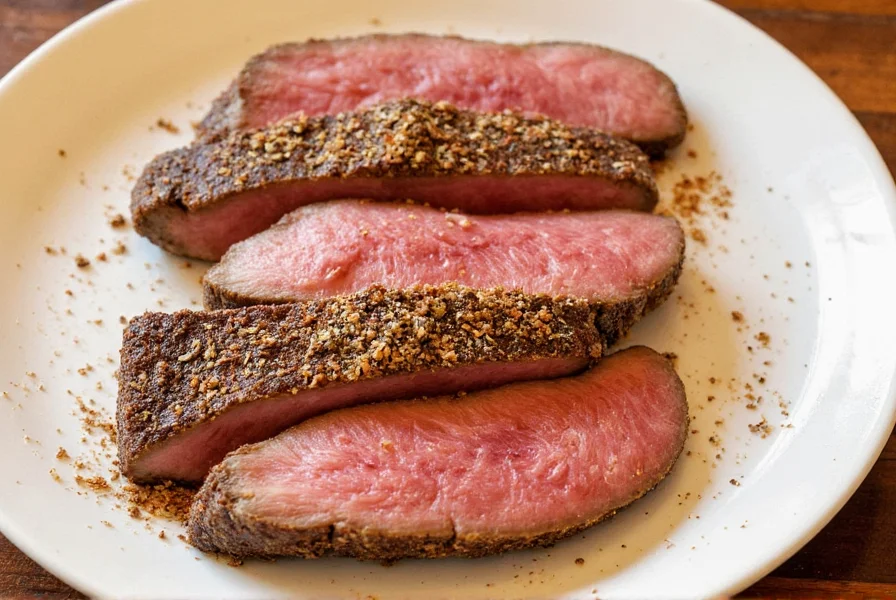









 浙公网安备
33010002000092号
浙公网安备
33010002000092号 浙B2-20120091-4
浙B2-20120091-4